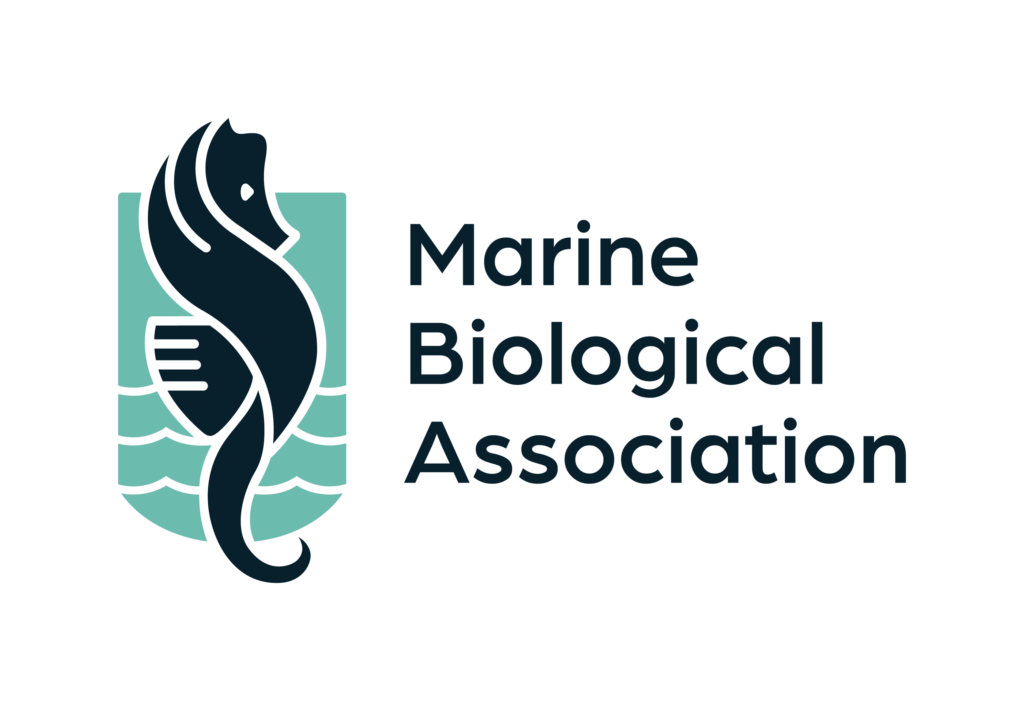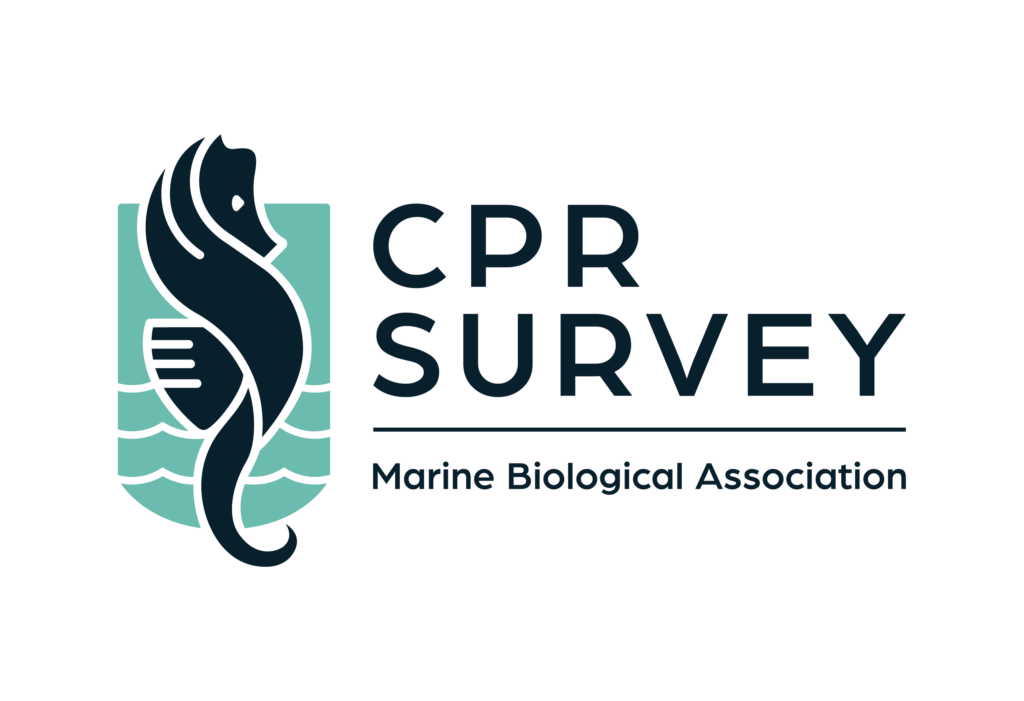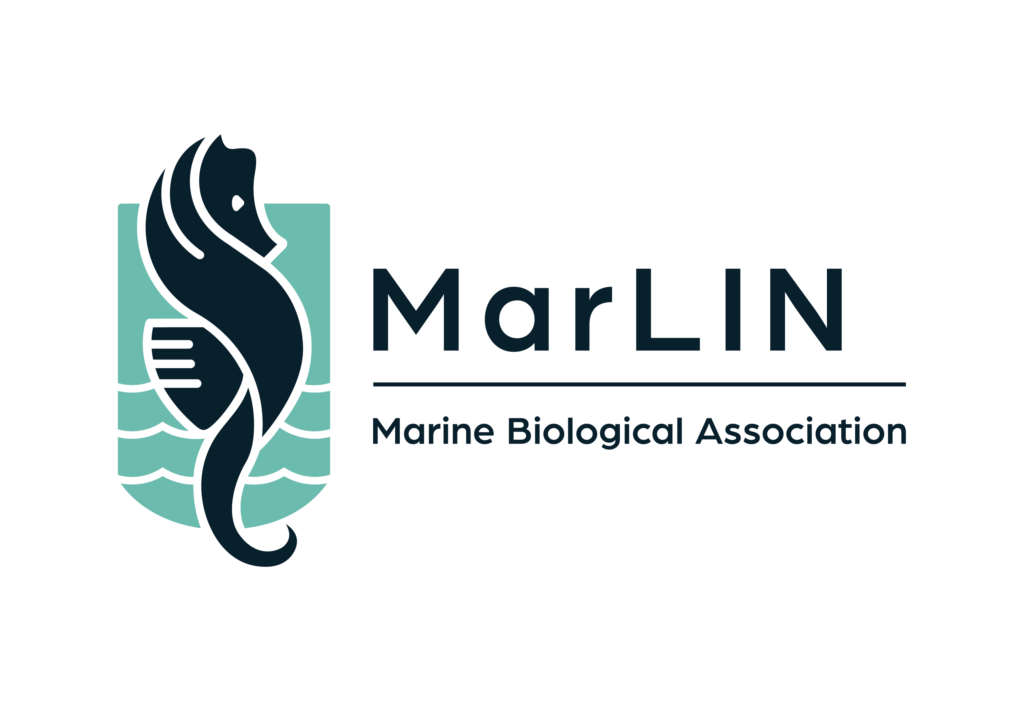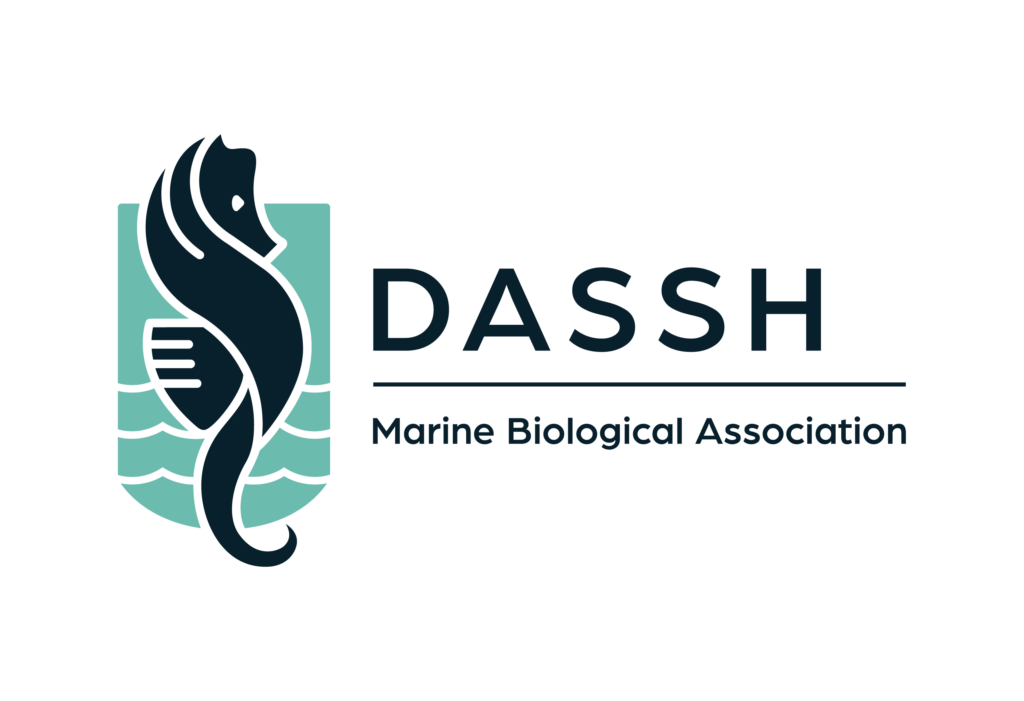Data & information
The MBA is a leader in the management and provision of marine data and information through flagship projects like the National Marine Biological Library (NMBL), the Marine Life Information Network (MarLIN), and the UK Archive for Marine Species and Habitats Data (DASSH). DASSH is a Core Trust Seal accredited data repository, a MEDIN Data Archive Centre (DAC), and it serves as the UK Node for the Ocean Biodiversity Information System (OBIS), the global hub for open-access marine biodiversity data.
MBA Research Data

The MBA has a rich data portfolio with time series data running from 1903 to present day; including phytoplankton, zooplankton, rocky shore species and larval and adult demersal fish. The time-series data from the MBA contributes to the Western Channel Observatory and more details of the MBA’s data holdings are available on request from by emailing the data team.
The CPR Survey

We provide access to the Continous Plankton Recorder (CPR) Survey data through an open, online portal, which allows anyone to view and access this unique source of data on marine plankton, the foundation of life in the sea.
MarLIN

MarLIN provides information to support marine conservation, management and planning. Our resources are based on the best available scientific evidence and designed for all stakeholders, from government agencies and industry to naturalists and the public. MarLIN hosts the largest review of the effects of human activities and natural events on marine species and habitats yet undertaken.
DASSH

The MBA’s Data Team is responsible for storing, organising, visualising, and sharing high-quality marine biodiversity data and information for the UK.
DASSH as a MEDIN Data Archive Centre (DAC) is a Core Trust Seal accredited data repository, and also serves as the UK Node for the Ocean Biodiversity Information System (OBIS), the global hub for open-access marine biodiversity data.
The Data Team offers expert advice, tools, and resources to ensure the long-term accessibility of UK marine biodiversity data, fostering global collaboration and preserving the data’s impact for future research. The team also provides guidance to data providers for compliance with UK and international legislation on data governance. The DASSH Mapper is an easy-to-use tool which allows users to search and retrieve UK marine biodiversity data. The team is also responsible for the onward publication of data to a variety of global portals and aggregators, including the National Biodiversity Network (NBN) Atlas and the Ocean Biodiversity Information System (OBIS).
SUBMIT OR SEARCH FOR DATACan we help?
If you have an enquiry about any aspect of the Marine Biological Association, please drop us a line below.
We look forward to hearing from you.